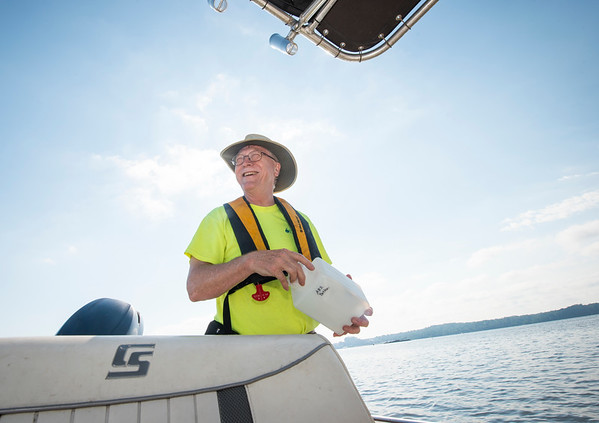As a kid, Tom Hutchinson never thought he’d get to be a scientist. Hear him talk about the thrill of DNA extraction and research, all conducted while he is an undergraduate, through the Office of Student Scholarship. Tom was the very first student researcher in Dr. Jen Salerno’s lab. He continued working with her, through the Undergraduate Research Scholar Program, with Dr. Salerno as his mentor.
With the support of George Mason’s Office of Student Scholarship the PEREC team is able to provide students with unique and life-changing research experiences.
Want to know more about Tom’s research? Here’s his video from the 2020 GMU Research Symposium.










